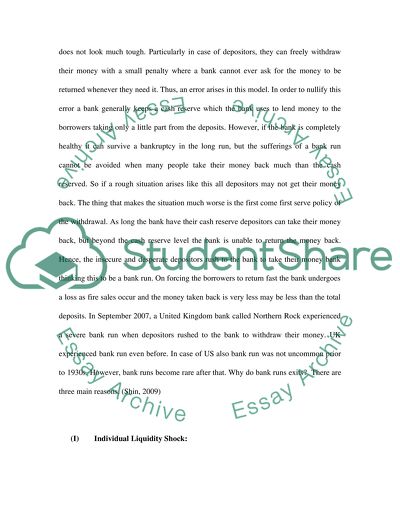Cite this document
(“What makes a run on bank When is the government intervention necessary Essay”, n.d.)
Retrieved from https://studentshare.org/environmental-studies/1411931-what-makes-a-run-on-bank-when-is-the-government
Retrieved from https://studentshare.org/environmental-studies/1411931-what-makes-a-run-on-bank-when-is-the-government
(What Makes a Run on Bank When Is the Government Intervention Necessary Essay)
https://studentshare.org/environmental-studies/1411931-what-makes-a-run-on-bank-when-is-the-government.
https://studentshare.org/environmental-studies/1411931-what-makes-a-run-on-bank-when-is-the-government.
“What Makes a Run on Bank When Is the Government Intervention Necessary Essay”, n.d. https://studentshare.org/environmental-studies/1411931-what-makes-a-run-on-bank-when-is-the-government.


